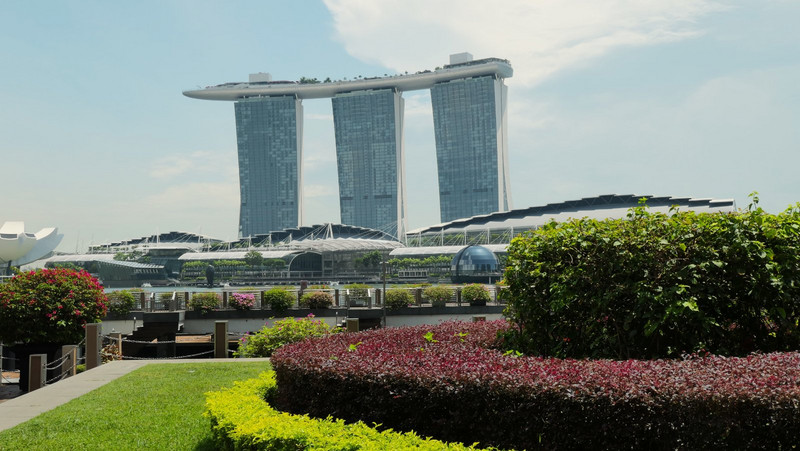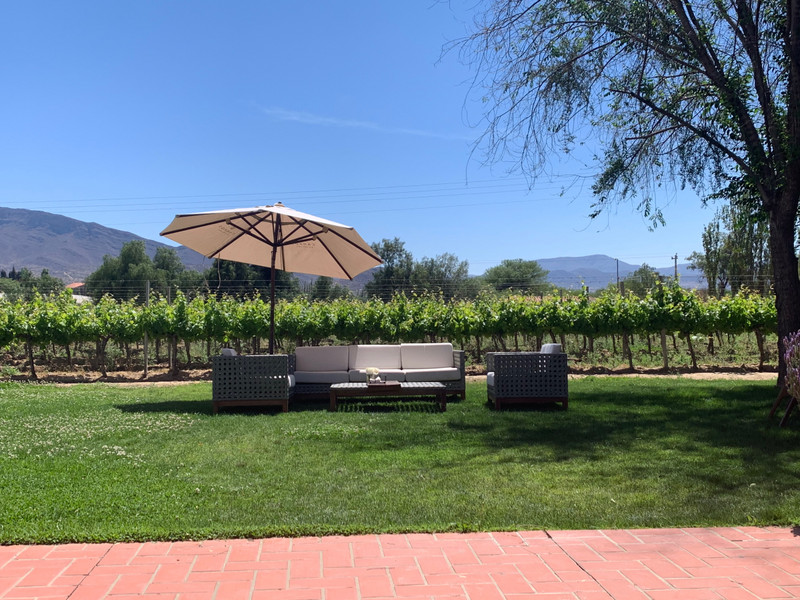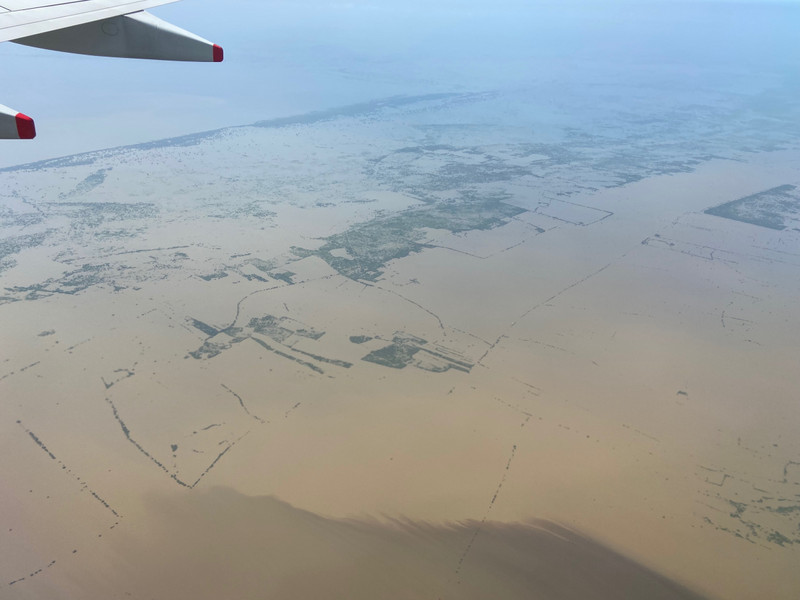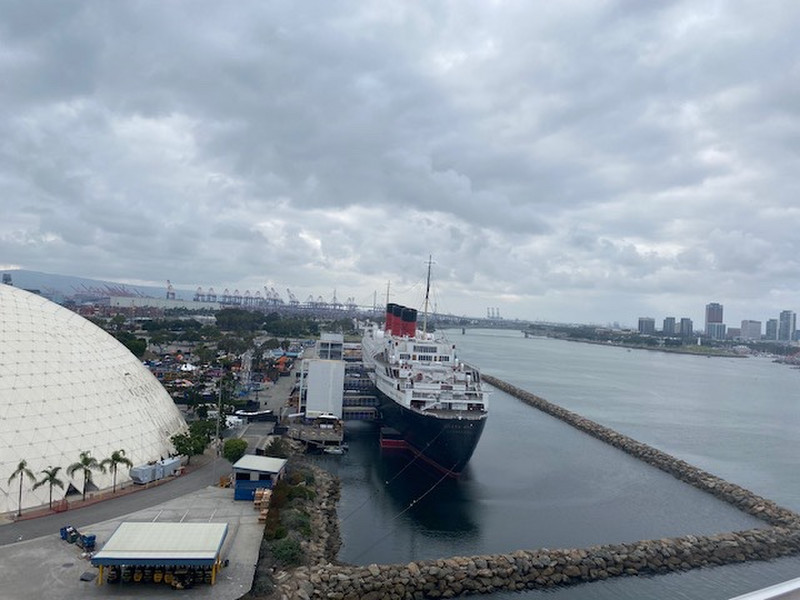After travelling up the Danube throughout the night and going through several more locks, we arrived in Passau around 8.30am.
After another wonderful breakfast we left on our bus and walking tour around the old town of Passau at around 9.30am.
Located between three rivers and heaven, Passau is a city of natural beauty and religious pilgrimage. Founded over 2,000 years ago, this is one of the oldest cities in Bavaria, an important point in Roman history, and a popular cruise ship stop. Passau is a city (albeit small) with a population of just over 51,000 inhabitants. It is close to the Austrian border. As you would expect being on a Danube cruise, Passau lies on the Danube. However, not being content with one river, Passau has the unique position of also lying on the banks of the River Inn and River Ilz, for this special city sits on the confluence of where all three rivers meet. Therefore, not surprisingly Passau is known as the Three Rivers City.
Its strategic position made it a city of great wealth from Roman to modern times, and its scenic landscapes and northern buildings make
The waters whirl together here, each providing a different colour. You can admire it from above on the citys hills or walk alongside it on the Inn promenade the latter is which we decided to do. The path is a joy for pedestrians and bikers, while the grassy area is ideal for lounging and picnics
One magnificent site we visited was St. Stephens Cathedral (Dom St. Stephan) which is a stunning centrepiece of the city with its spectacular tiled roof and spire poking into the sky. This church has stood in this spot in the past 730 years, and it is the largest baroque cathedral north of the Alps—but the real treasure lies inside. When visiting the Cathedral, we saw the Biggest Organ in the world. The first organ was constructed in 1733 and has been added to throughout the centuries. It now has 17,774 pipes, 233 registers, and four chimes. It consists of five different organs that are connected through six different consoles, some using mechanical action and others relying on more modern electric action. One master organist can play the entire instrument. The
organ is the largest church pipe organ outside of the USA and second in size only to the organ at the First Congregational Church in Los Angeles. That didnt make the actual recital any less excruciating!! The ½ hour programme were all unknown pieces by Bach.
St. Stephens cathedral is a ‘mash up of both late Gothic and the Baroque style. With two octagonal bell towers either side of the main nave and a dome, coupled with being constructed on the highest elevation of the Old Town, the cathedrals a powerful and characteristic skyline for passing boats. There are eight bells in the bell towers with the two largest weighing in at 7500kg and 6000kg respectively which hang in the west tower, the other six are crammed into the East tower. The interior is a true masterpiece of Italian Baroque.
We walked through the market established by the local farmers then found the caf Aston which the guide There is always time for a coffee and sometimes cake.
We then decided to attend a concert which is held daily at noon from May to October, except on Sundays and holidays. This is
enough time to relax to the music and admire the ornate baroque decoration and frescos. It cost 5 Euros and was worth every Euro. The sound of the organ was amazing.
The best view of Passau and the rivers is from the fortress on top of the hill. Unfortunately, we were in Passau for only the day so unfortunately, we didnt have time to walk up the hill to Veste Oberhaus which was built in 1219 on St. Georgsberg. It was meant to display the power of the Holy Roman Empire that once extended to this region. Its strategic location over this junction of rivers was an excellent defensive position, and today is the premiere viewpoint.
Passau offers a staircase up to the sky.









